 Nestled among the towering peaks of the Himalayas, Nepal continues to battle a deep-rooted poverty crisis, with more than 25% of its population living below the national poverty line. In the 2024 Human Development Index (HDI), the country ranked 146th out of 193, placing it among the lowest in South Asia. Although its HDI value improved to 0.601, this progress remains uneven and fragile. Indeed, national indicators may suggest advancement, but they often mask the stark internal inequalities.
Nestled among the towering peaks of the Himalayas, Nepal continues to battle a deep-rooted poverty crisis, with more than 25% of its population living below the national poverty line. In the 2024 Human Development Index (HDI), the country ranked 146th out of 193, placing it among the lowest in South Asia. Although its HDI value improved to 0.601, this progress remains uneven and fragile. Indeed, national indicators may suggest advancement, but they often mask the stark internal inequalities.
This article will focus on Nepal’s poverty crisis and precisely those left furthest behind in communities in western regions and near borders, where poverty is deeper and millions still struggle to access even the most basic necessities. In these areas — such as Karnali, Sudurpashchim and remote parts of Lumbini Province — many experience acute multidimensional poverty, facing overlapping deprivations in education, health and living standards.
Food insecurity remains a pressing issue: according to the World Food Programme’s Fill the Nutrient Gap analysis (2021), 23.1% of the population does not consume a nutritionally adequate diet and 33% of pregnant women suffer from anemia. Although stunting rates have declined in recent years, one in four children under the age of five is still affected. Once again, these indicators fail to reflect the full extent of disparities between peripheral regions and urban centers. Here is more information about Nepal’s poverty crisis and measures that are addressing it.
Geographic Isolation
Remote mountain communities are the ones that suffer the most serious consequences, as they often rely on narrow, unpaved roads to reach markets, schools, clinics and other essential services. The United Nations Children’s Fund (UNICEF) reports that many children routinely walk up to several hours to attend overcrowded, under-resourced schools, leading to high dropout rates.
Worsening the situation, heavy rains and winter snowfall can render these routes impassable, isolating villages for days or even weeks. When roads vanish under mud and rock, families must subsist primarily, if not entirely, on their own harvests. But subsistence farmers lack the diversification needed to absorb such shocks. As the United Nations Development Programme (UNDP) warns, unpredictable swings from prolonged drought to sudden downpours throw planting cycles off balance, leaving soils cracked and barren. More frequent landslides then ravage crops and upend local economies, at times forcing residents to start over with nothing.
Health Infrastructure
Improving access to health care remains one of Nepal’s most critical and unresolved development challenges. While the country has made notable advancements in public health over recent decades — reflected in increased life expectancy and reduced maternal and child mortality — many rural clinics continue to operate with outdated, inadequate or even nonfunctional medical equipment, severely compromising the quality and consistency of care.
In pursuit of universal health coverage, the Government of Nepal has launched the National Health Insurance Program (NHIP), a policy initiative aimed at minimizing direct health care costs for individuals and promoting fair access to essential medical services. However, despite its promising framework, the program’s implementation has been uneven and threatens to undermine its potential impact. Enrollment rates remain low, with families either unaware of the program or discouraged by complicated procedures and limited services. A shortage of trained health care workers makes it even harder to provide quality care, especially in remote areas.
A survey that the Asian Development Bank (ADB) conducted across five provinces – Koshi, Madhesh, Bagmati, Gandaki and Sudurpaschim – in December 2024 found that more than half of Nepal’s medical equipment, much of which the country acquired during the COVID-19 pandemic, remains unused or broken. The causes include limited maintenance capacity, poor logistics and insufficient training. Compounding these issues are weak and fragmented data systems that make it difficult to identify who would most benefit from targeted interventions.
Without a reliable foundation of digital infrastructure and data integration, the NHIP risks falling short of its goal to provide sustainable health protection for all. Strengthening biomedical training, equipment management and preventative maintenance policies will be essential to ensuring that no one is left behind.
Economic Development and Grassroots Solutions
On the economic side, the International Monetary Fund (IMF) urges reforms to promote job creation, fiscal stability and inclusive growth throughout the nation. In 2023, agriculture accounted for approximately 26.2% of Nepal’s gross domestic product. However, since the 2010s, the sector’s growth has slowed to an average annual rate of just 3%. The agricultural landscape remains dominated by low-value crops and subsistence farming. The absence of facilities like collection centers, cold storage and grain stores leads to significant post-harvest losses. As a result, farmers are unable to shift from low-value cereals to high-value perishable crops like fruits and vegetables, which require proper storage to sell during peak demand at better prices.
In response, the Nepalese government, supported by international aid, is now prioritizing the expansion of microfinance programs and entrepreneurial training to empower local businesses. Promising results are already emerging from localized initiatives. For instance, several communities have adopted small-scale irrigation projects and diversified crop production, helping mitigate the impacts of changing weather patterns while stabilizing food sources.
Farmer-Managed Irrigation Systems
One notable example is the modernization of more than 100 Farmer-Managed Irrigation Systems (FMISs), supported by the ADB as part of a broader program to enhance irrigation infrastructure across Nepal. These initiatives, aligned with the National Water Plan 2002–2027 and ADB’s Strategy 2030, aim to improve irrigation performance across 17,452 hectares.
The work includes constructing permanent gated water intake structures, selectively lining canals and improving water control systems. These interventions have enhanced water use efficiency and fairer distribution. Just as important, they have created the conditions for more farmers to shift toward climate-smart techniques and mechanized farming tools.
In parallel, the project has also invested in the people who manage these systems — supporting local Water Users Associations (WUAs) and gradually expanding their role into cooperatives with stronger business and governance structures. Moreover, the emphasis on including women and disadvantaged groups has made these efforts more equitable and representative of the communities they serve. These grassroots responses also offer replicable models for other regions facing similar challenges.
Collaboration Easing Nepal’s Poverty Crisis
Collaboration between NGOs, multilateral organizations and community groups can strengthen the country’s social safety net and ensure that vulnerable populations get the support they need during Nepal’s poverty crisis.
For Nepal, this means not only investing in health, education and infrastructure, but also strengthening governance, fostering civic engagement and rebuilding trust in institutions. For families in remote villages, it offers the promise of a future where they can thrive and create lasting opportunities for generations to come.
– Lucrezia Frascati
Lucrezia is based in London, UK and focuses on Global Health for The Borgen Project.
Photo: Unsplash
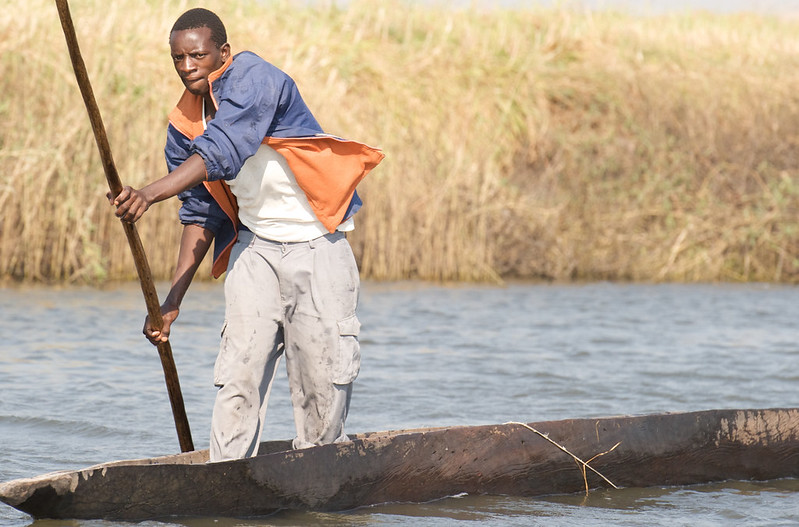 Rivers are critical to the Zambian economy and way of life, providing food, energy and jobs. However, environmental degradation from failed dam projects, pollution and mismanagement have threatened the sustainability of these crucial waterways, having a devastating impact on local communities. Major rivers like the Zambezi, Kafue and Nsongwe rivers, among others, have all suffered reductions. However, progress is being made in Zambian river restoration. Through private actors like the World Wildlife Fund (WWF) and the International Institute for Sustainable Development, local Zambian communities have begun to help solve poverty by healing their rivers.
Rivers are critical to the Zambian economy and way of life, providing food, energy and jobs. However, environmental degradation from failed dam projects, pollution and mismanagement have threatened the sustainability of these crucial waterways, having a devastating impact on local communities. Major rivers like the Zambezi, Kafue and Nsongwe rivers, among others, have all suffered reductions. However, progress is being made in Zambian river restoration. Through private actors like the World Wildlife Fund (WWF) and the International Institute for Sustainable Development, local Zambian communities have begun to help solve poverty by healing their rivers.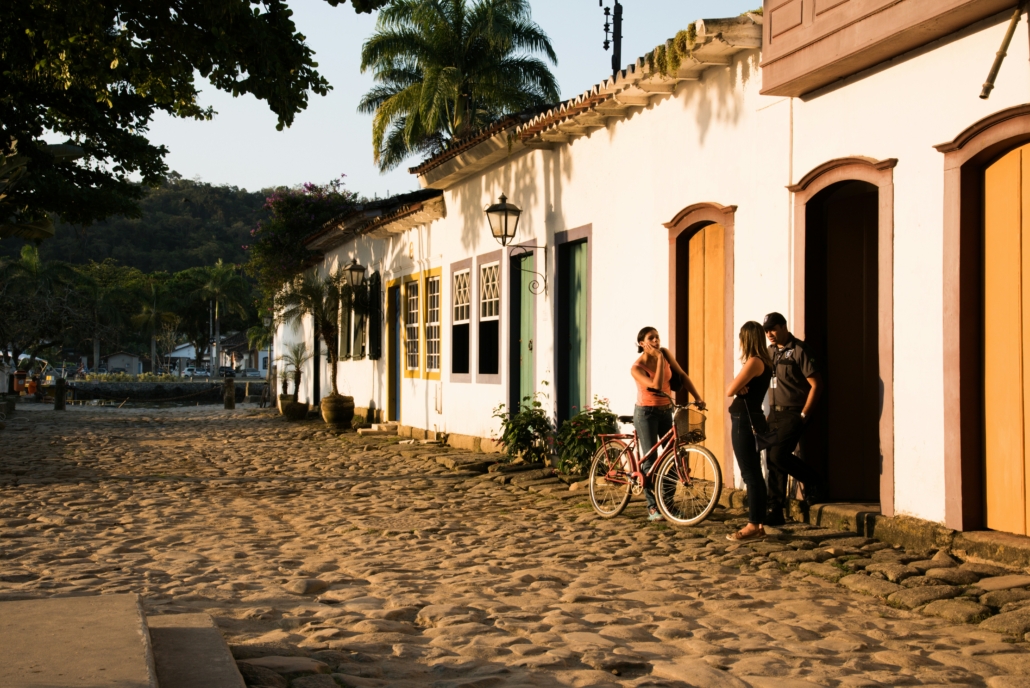
 Nestled among the towering peaks of the Himalayas,
Nestled among the towering peaks of the Himalayas, 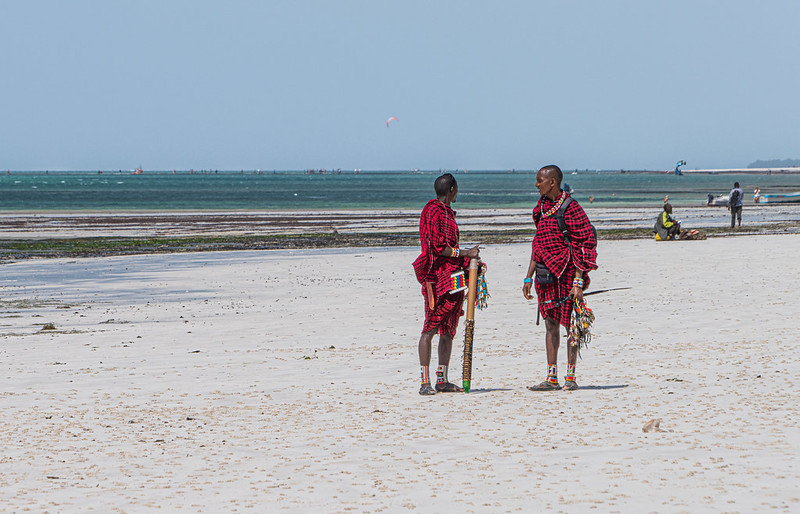 In
In 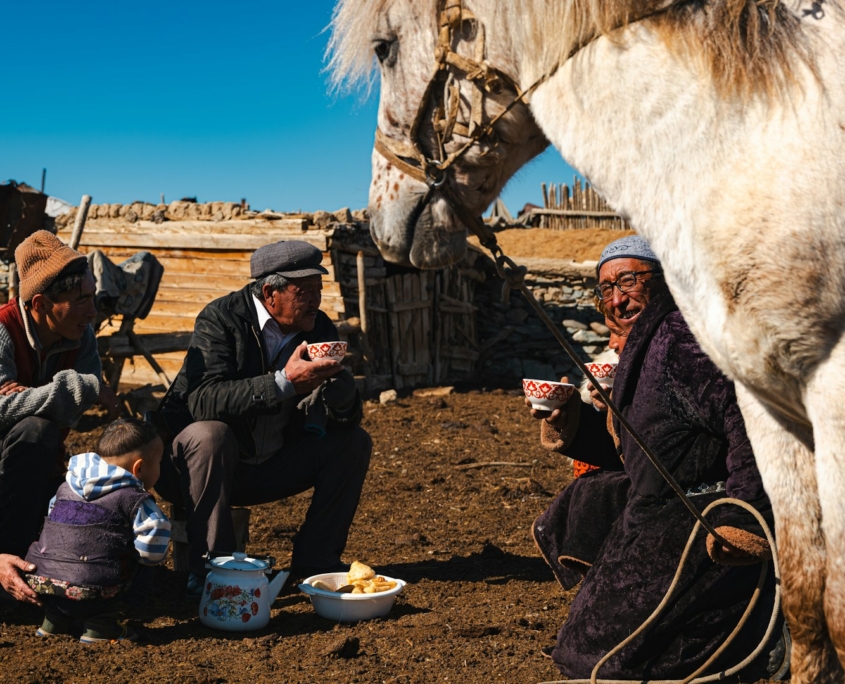
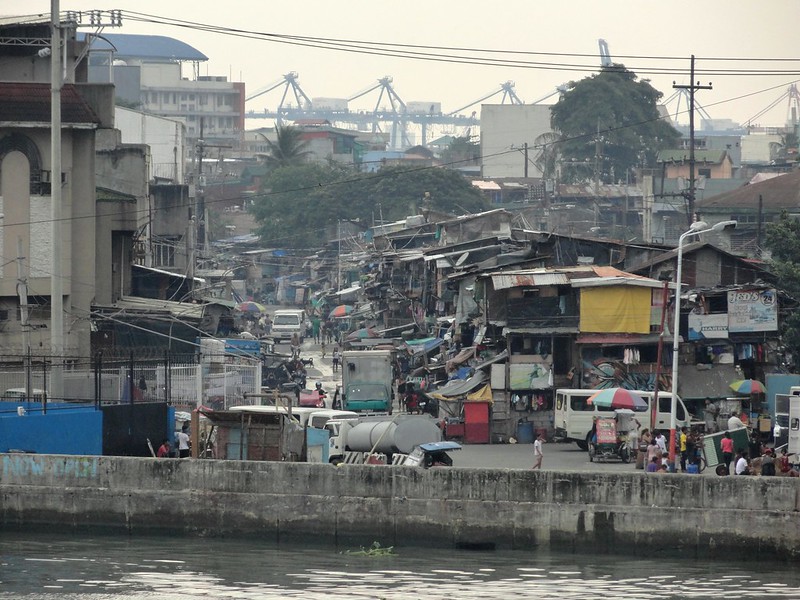
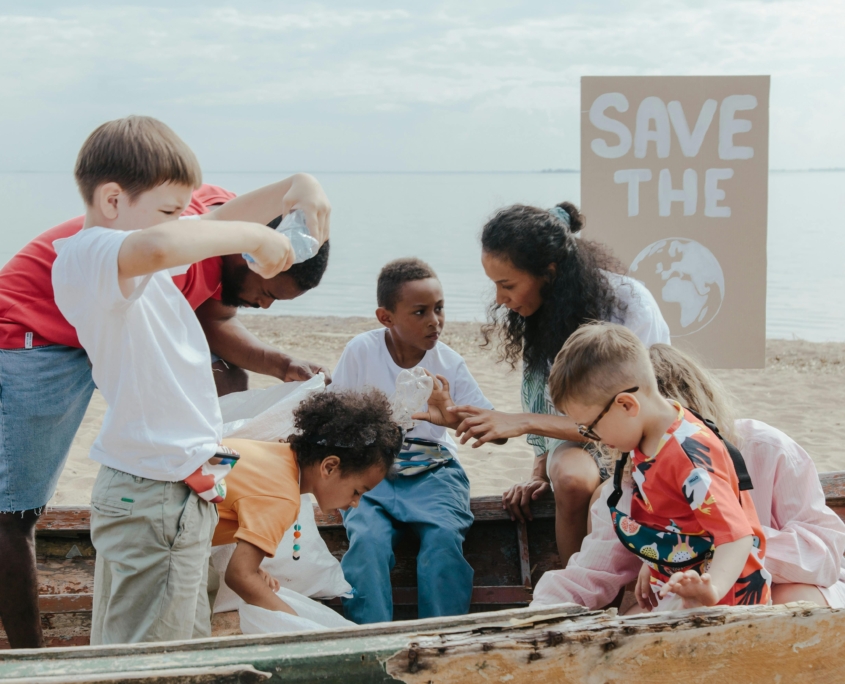 The internet has revolutionized communication and access to information, but its environmental impact is often overlooked. According to the International Energy Agency, global data centers consumed around
The internet has revolutionized communication and access to information, but its environmental impact is often overlooked. According to the International Energy Agency, global data centers consumed around 
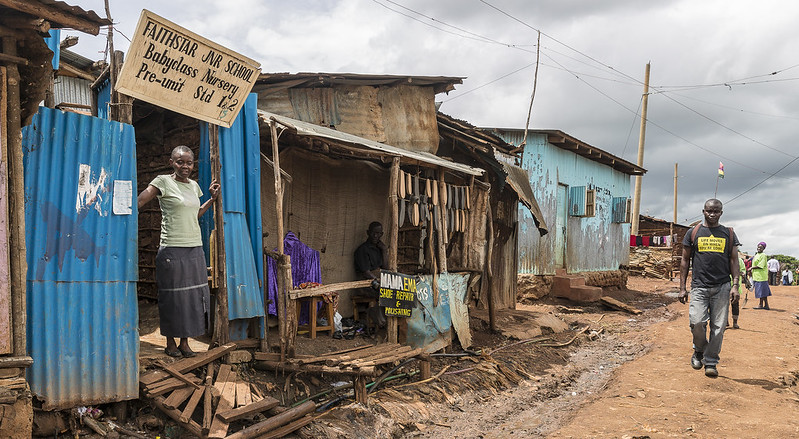 Infrastructure plays a
Infrastructure plays a 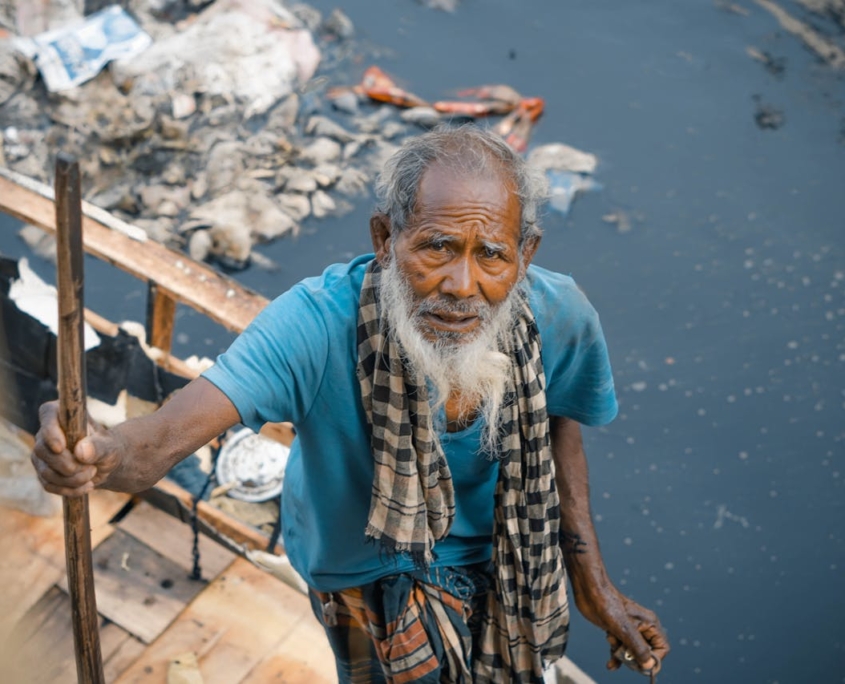 Currently, more than
Currently, more than 